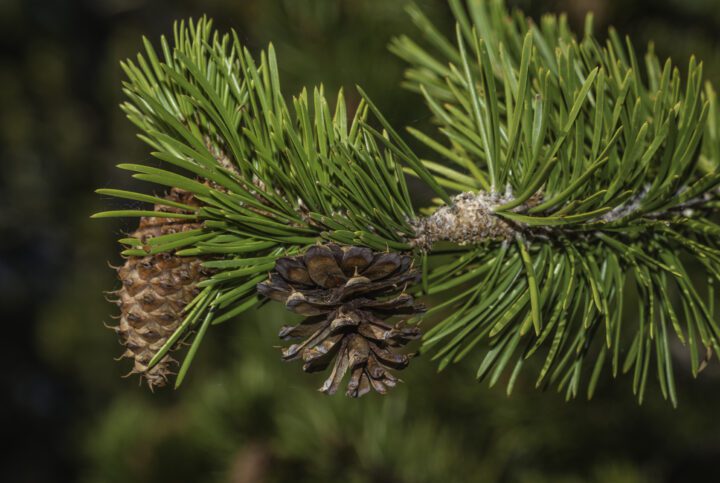Adapt Behaviors
The environment is constantly changing, and if living systems can’t adapt to these changes, they don’t survive. Environmental changes can be cyclic such as seasons, sudden such as floods or forest fires, or gradual but long-term, such as ecosystems shifting from early to mature stages. These changes require some flexibility in behavioral responses to match the specific conditions. For example, as a fish called the lamprey swims, it constantly faces changes in currents. Skin sensors help it detect those changes and adjust its motion accordingly.
Modify Position
Many resources that living systems require for survival and reproduction constantly change in quantity, quality, and location. The same is true of the threats that face living systems. As a result, living systems have strategies to maintain access to shifting resources and to avoid changing threats by adjusting their location or orientation. Some living systems modify their position by moving from one location to another. For those that can’t change location, such as trees, they modify position by shifting in place. An example of an organism that does both is the chameleon. This creature can move from place to place to find food or escape predators. But it also can stay in one place and rotate its eyes to provide a 360-degree view so that it can hunt without frightening its prey.
Attach Temporarily
Living systems must sometimes, temporarily, stay in one place, climb or otherwise move around, or hold things together. This entails attaching temporarily with the ability to release, which minimizes energy and material use. Some living systems repeatedly attach, detach, and reattach for an extended time, such as over their lifetimes. Despite being temporary, these attachments must withstand physical and other forces until they have achieved their purpose. Therefore, living systems have adapted attachment mechanisms optimized for the amount of time or number of times they must be used. An example is the gecko, which climbs walls by attaching its toes for less than a second. Other examples include insects that attach their eggs to a leaf until they hatch, and insects whose wings temporarily attach during flight but separate after landing.
Attach Permanently
A living system can conserve energy by attaching permanently to a particular site because it can take advantage of resources that come its way, rather than expending energy to move to resources. A permanent attachment, intended to last the lifetime of the living system, creates special challenges. For example, physical mechanisms, such as the anchor that holds a marine algae to the ocean’s bottom, must be able to withstand forces that can pull it off its substrate. Chemical mechanisms, such as a barnacle’s glue, must avoid both physical and chemical breakdown, such as being dissolved by water.








